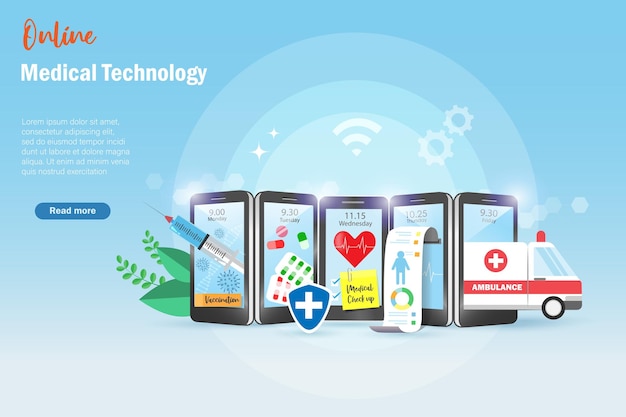The Rise of Subscription-Based Healthcare and Its Effect on Individual Treatment
As medical care progresses, the subscription-based design is obtaining grip, assuring to change individual care by using predictability and accessibility. The capacity for these designs to improve healthcare distribution elevates pushing concerns regarding their long-lasting sustainability and inclusivity. Are these registration services the future of healthcare, or do they take the chance of leaving vulnerable populations behind?
Recognizing Membership Health Care Models
Understanding the concept of membership healthcare versions involves checking out a transformative approach to clinical services that highlights affordability and access. These designs, commonly referred to as direct medical care (DPC) or concierge medicine, have emerged as ingenious alternatives to standard fee-for-service healthcare systems. Membership healthcare enables individuals to pay a fixed month-to-month or annual charge for a specified collection of medical services, which might include unlimited workplace visits, regular examinations, and standard lab examinations, without the demand for standard insurance invoicing.
The structure of registration health care versions is designed to simplify patient care by removing third-party payers and complex invoicing codes, thus lowering management concerns. Health care providers can focus more on person treatment, promoting stronger patient-provider partnerships. This model additionally advertises preventative care by encouraging routine check outs, as the financial challenge of per-visit charges is eliminated.
The subscription model typically equips doctor to handle smaller client panels, enabling more personalized treatment. It straightens monetary rewards with patient health end results, as providers are encouraged to keep individual fulfillment and wellness. In general, understanding subscription medical care versions needs recognizing their potential to improve how care is supplied and accessed.
Benefits for Clients and Companies

With a steady income stream, health care experts can dedicate more time to each individual, leading to a more thorough and personalized care experience. The focus on preventative treatment within subscription strategies can lead to better client end results and reduced lasting medical care prices.
Problems and challenges
While subscription-based healthcare versions existing many advantages, they likewise come with a collection of challenges and issues that should be dealt with. This elevates honest questions regarding equitable accessibility to health care services.
Financial sustainability of subscription-based models is an additional worry. Service providers must stabilize the fixed earnings from memberships with the variable expenses of health care solutions, which might change as a result of unforeseen medical demands. This can develop stress to limit solutions or boost fees, potentially impacting individual contentment and care top quality.
In addition, regulative oversight of subscription-based healthcare models is still progressing. Addressing these challenges is critical for the fair and successful execution of subscription-based medical care.
Impact on Patient-Doctor Relationships
One significant effect of subscription-based medical care versions on patient-doctor connections is the potential for improved connection and customized treatment. By embracing a registration design, medical professionals can manage a smaller client panel, allowing for more committed time with each person. This raised availability fosters a much deeper understanding of an individual's medical history, lifestyle, and choices, allowing more tailored therapy plans and interventions.

However, it is necessary to acknowledge that while subscription-based versions may profit those that can afford them, they could inadvertently expand medical care differences. Individuals who are incapable to join these models could experience reduced access to individualized treatment, possibly impacting their relationships with doctor. Hence, while the membership design supplies promising advantages for patient-doctor connections, it additionally poses obstacles that need to be resolved to make sure fair medical care access.
Future of Medical Care Gain Access To

The function of modern technology can not be forgotten in this makeover. Telemedicine platforms and digital wellness documents help with smooth interaction between clients and health care providers, damaging down geographical and logistical barriers. In addition, developments in expert system and information analytics can additionally customize treatment by predicting individual demands and maximizing therapy strategies.
Nonetheless, the future of medical care accessibility also presents challenges, such as making sure equity throughout various socio-economic teams. Policymakers and doctor should collaborate to bridge the electronic divide, making certain that subscription-based designs stay economical and comprehensive. As these systems develop, they hold the assurance of making healthcare extra accessible, effective, and patient-centric.
Conclusion
Subscription-based healthcare versions are reshaping client treatment by supplying a secure expense structure and enhancing availability. The increase of subscription-based medical care motivates aggressive client engagement, which has the prospective to boost person outcomes and complete satisfaction, signifying a transformative shift in medical care distribution.
As health care develops, the subscription-based model is obtaining grip, assuring to reinvent person treatment by offering predictability and availability.Subscription-based health care versions use distinct benefits for both companies and clients, enhancing the overall health care experience.As healthcare systems develop, the future of medical care accessibility often pivots on the integration of innovative versions and innovations.Subscription-based healthcare versions are reshaping person care by providing a secure price structure and improving ease of access. The rise of subscription-based health care urges aggressive patient interaction, which has the potential to improve client end results and satisfaction, indicating a transformative shift in health care pop over to these guys distribution.